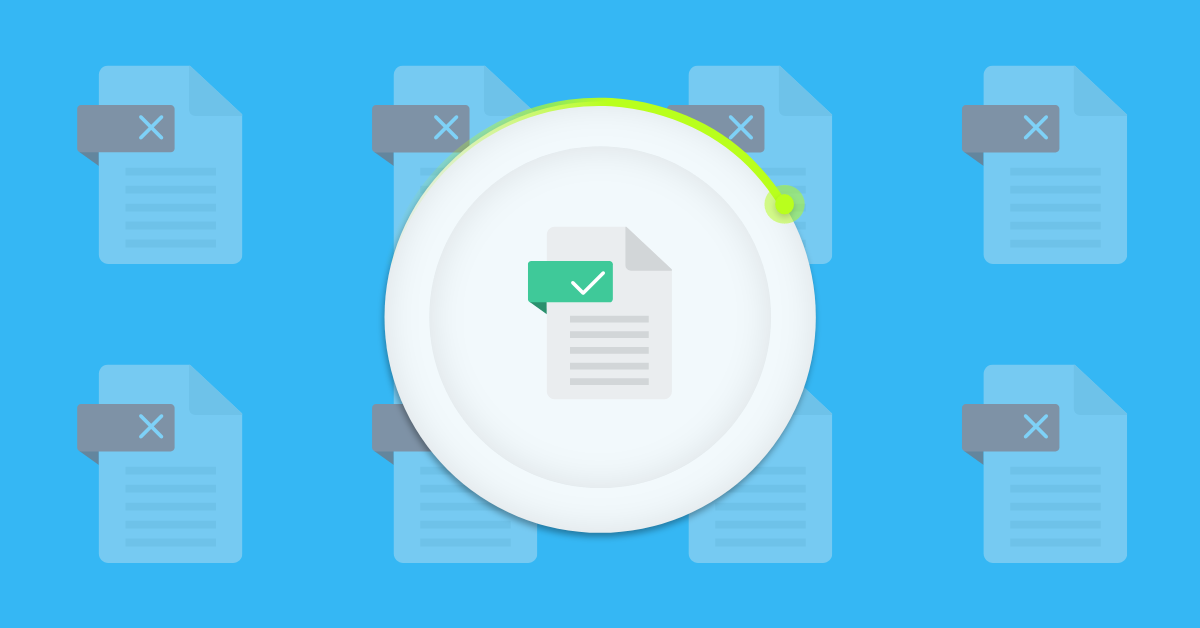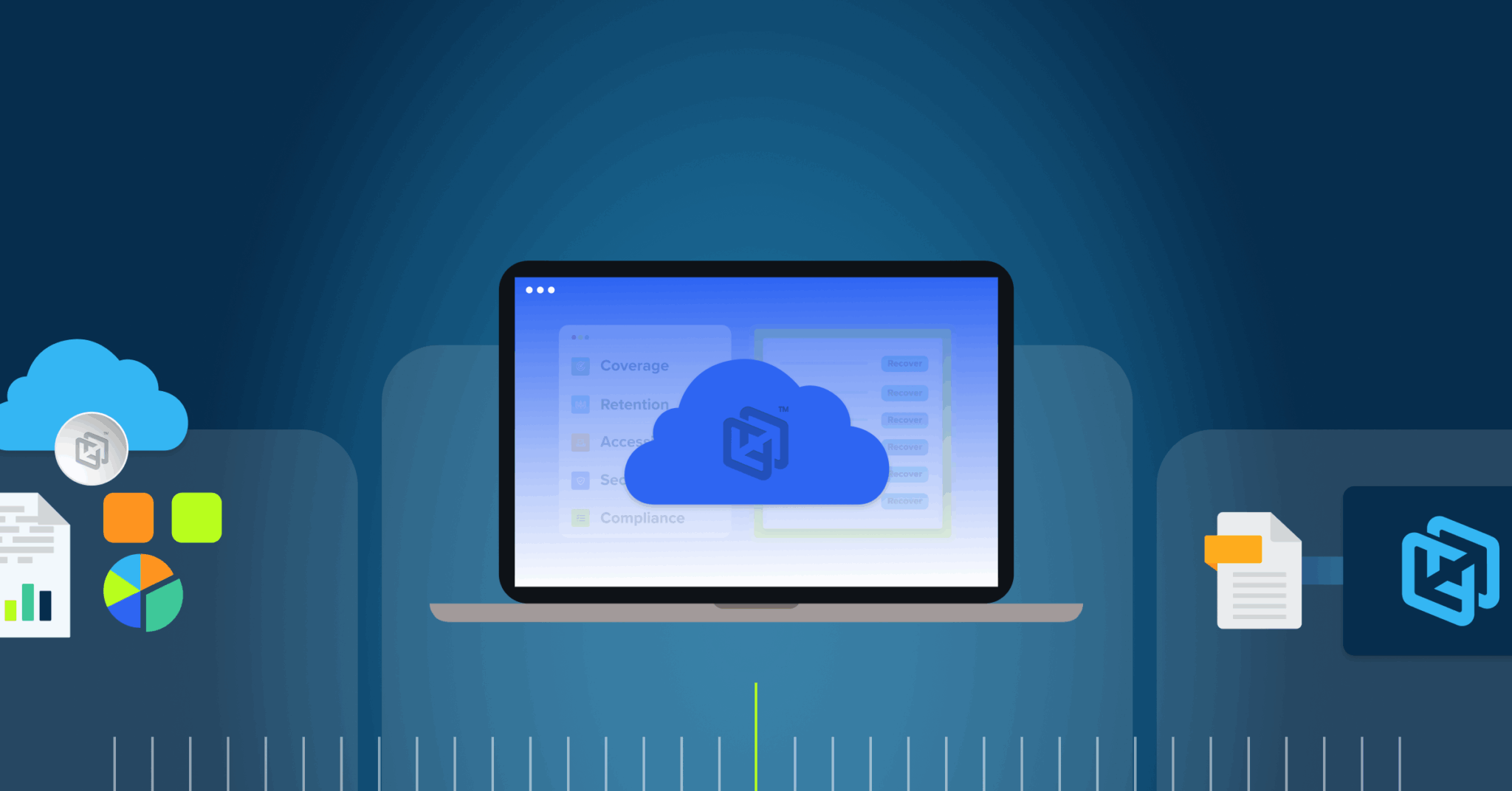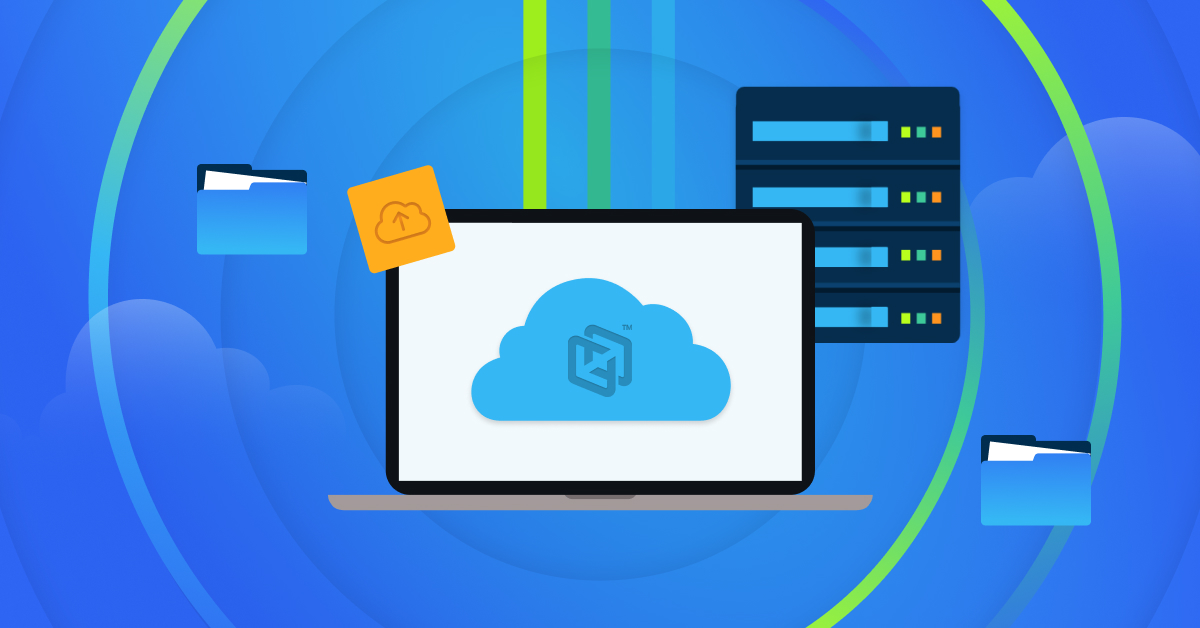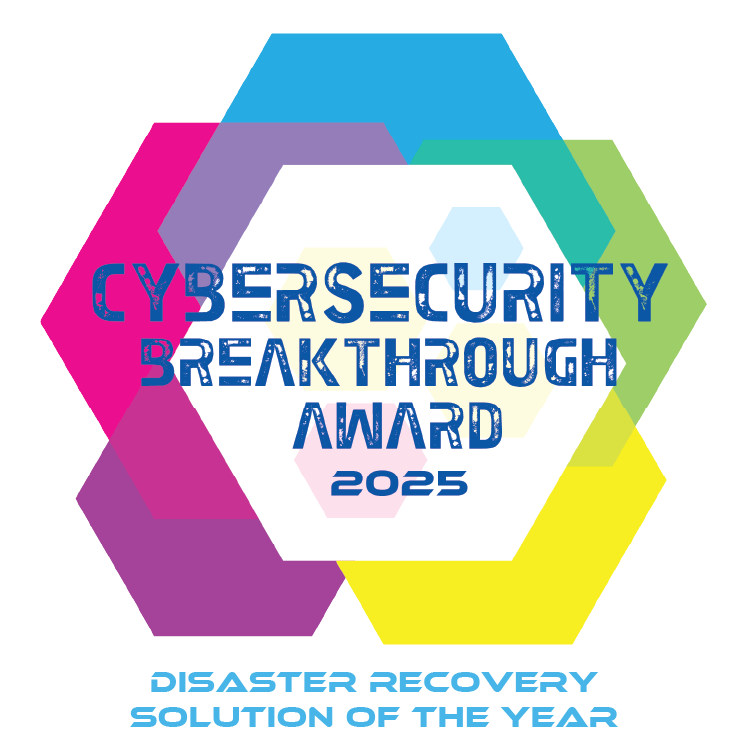
91% of phishing attacks now begin with a message sent from a Gmail account. And, according to the Cisco Cyber Threat Trend Report, insider threats have increased by 83% from last year. A major breach this year exposed over 180 million login credentials, including Gmail accounts. And with an IBM report (via The Wall Street Journal) revealing that 82% of breaches in 2023 involved cloud-stored data, it’s fair to ask—how safe is your Google Workspace data really?
This isn’t a scare tactic. It’s the reality of working in the cloud today. Google Workspace manages your emails and stores your business files, but it doesn’t automatically back up data. It wasn’t designed to back itself up. It’s time to stop treating backup as a last resort. Consider it a core part of your Google Workspace cloud backup for enterprise or business cloud strategy.
Whether you’re a CISO, CTO, an MSP managing multiple client accounts, or an IT team at a university responsible for student data, this blog addresses the fundamental questions teams ask about Google Workspace backup and recovery.
As a MSP, SMB, CISO, and CTO you want straight answers to questions related to Google’s actual retention limits, which Google Workspace backup features matter most, and more. Read on.
What are the biggest risks of not having a Google Workspace backup strategy?
Most of us assume Google Workspace has our back when it comes to data recovery. But have you ever tried to restore something deleted weeks ago? Or did you hit a sync issue that quietly erased files?
That’s where the gap shows up. Google builds for reliability, not complete recovery. You don’t get point-in-time restore, and its retention is limited. If ransomware strikes or an insider accidentally deletes data, you’re left with no choice. Google won’t recover it for you. Without a proper Google Workspace backup plan, you risk losing critical files, which can lead to downtime, compliance issues, and even a loss of customer trust.
Does Google Workspace automatically back up data?
No, Google Workspace doesn’t back up data automatically. Google ensures service availability of data, not long-term data protection. Deleted emails are permanently gone after 30–55 days. Drive files follow similar policies. While Google Vault offers archiving, it is not a recovery tool. Without a separate Google Workspace backup solution, lost data is often unrecoverable. Thus, implementing a dedicated Google Workspace cloud backup for business or education is essential.
What is the best strategy to secure Google Workspace?
- Just setting passwords or permissions isn’t enough to protect your Google Workspace data. There’s more to it.
- For example, Google Takeout sounds useful, but when something breaks or gets deleted, it won’t really help. It’s slow, and it does not keep your data safe in the long run.
- Retention policies help, but they don’t protect against ransomware, sync issues, or insider threats.
- A dedicated Google Workspace cloud backup solution offers automated, continuous protection across Gmail, Drive, and Shared Drives.
- Backups should be encrypted, isolated, and versioned, allowing you to recover data from any point in time. That’s the heart of a good Google Workspace backup and recovery strategy.
Can IT admins recover deleted data natively in Google Workspace?
Yes—but only for a limited time.
In Gmail, deleted emails stay in the Trash for 30 days. After that, admins have 25 more days to restore them through the Admin console. Once that window passes, the data is permanently deleted.
Google Drive works similarly, with 30 days in Trash, along with 25 days for admin recovery. After that, there’s no built-in way to bring files back. If your organization uses Google Vault and sets up retention rules or holds, you may retrieve data beyond the specified timeline. However, Vault only allows you to search and export data. You can’t restore it directly to a user’s account. Without a Google Workspace backup, anything lost beyond the 55-day window is gone.
Is Google Vault a substitute for Google Workspace backup?
Not really, and here’s why.
Google Vault is built for compliance, legal holds, and audits. It’s great when you need to search for data or export it for legal purposes. But it’s not designed to bring data back into a user’s account.
Let’s say someone deletes an important email or overwrites a file in Drive, and then Vault won’t let you simply click “restore” and retrieve it from its original location. You’ll have to search, export, and manually re-upload or forward it. That’s not recovery, more like a workaround. If you’re looking for real Google Workspace backup and recovery, you need a solution like CrashPlan. It allows for granular restores, gives users the option to recover their files, and keeps Google Drive cloud backup running in real time.
What features matter most in a Google Workspace backup solution?
Start with the essentials: automated and incremental backups. You shouldn’t have to back up everything from scratch or rely on manual processes. Incremental backups keep your data current while saving time and storage space. Next, choose a solution that allows granular restores, so you can recover a single email, file, or folder without restoring everything. Make sure it covers everything your users rely on Gmail, Shared Drives, and more.
Go for immutable storage to protect backups from being altered or deleted, especially during a ransomware attack or an insider incident. If you work in a regulated industry, use features like eDiscovery, legal hold, and versioning to stay compliant and respond quickly during audits or legal requests. Don’t skip encryption both at rest and in transit to protect sensitive data.
For IT teams managing large environments, centralized policy management simplifies enforcing backup rules across users and groups.
Can backup help with ransomware attacks in Google Workspace?
Yes. It creates a separate, untouched copy of your data. If someone locks you out or corrupts files, you’ve still got clean versions ready to restore. That alone can save hours, if not days, of recovery time.
What happens if a user is offboarded? Can I still retain their data?
Yes, you can, and you should.
It’s easier than you might think. When you offboard an employee, you can delete their Google Workspace account to free up the license. However, with a proper Google Workspace backup solution, you can still maintain full access to their emails, files, and other data, and no license is required. This enables you to stay compliant, prepare for audits, and reduce costs by avoiding unnecessary account fees.
Does CrashPlan back up Google Workspace?
Yes. CrashPlan backs up Google Workspace with advanced, automated backup and recovery solutions tailored for enterprise, business, and educational use cases. Whether you’re an SMB, MSP, or academic institution, CrashPlan helps you stay compliant and resilient. It protects Gmail and Google Drive, as well as Shared Drives, by continuously backing up data to an immutable, encrypted cloud.
Key features include:
- Point-in-time recovery for files and emails, even after deletion or corruption.
- Zero-trust security model with end-to-end encryption, file name obfuscation, and data shredding.
- Self-service recovery that enables users to restore without IT involvement.
- Legal hold and search capabilities to make eDiscovery easy,
- Role-based access control, audit reports, and customizable data retention for seamless compliance with regulations like HIPAA, SOX, and GDPR.
- Centralized admin controls to manage policies, permissions, and reporting across multiple domains.
Google Workspace keeps your business running, but it doesn’t protect your data. CrashPlan fills that gap with automated, encrypted Google Workspace cloud backup across Gmail and Drive. It’s simple, scalable, and built for today’s security risks.
Therefore, whether you’re protecting business communications, coursework, or client deliverables, relying on retention settings or Vault is a risk. CrashPlan for Google Workspace is a purpose-built backup solution that provides you with the control, flexibility, and confidence to recover your data.







